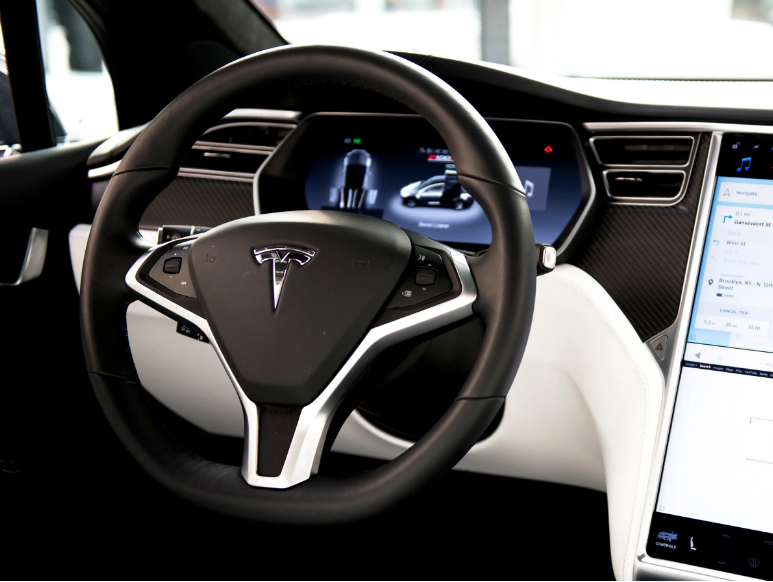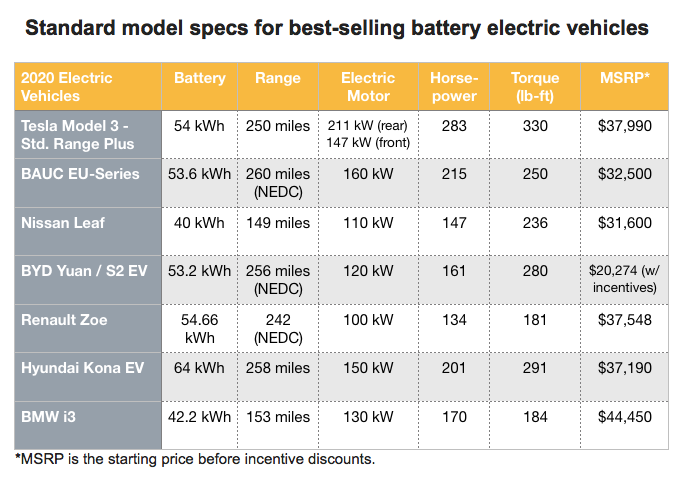Here’s the final topic on Green Auto Market’s series covering transitional technologies leading to the future of electric automated mobility.
 Tesla is continuing to work on its ride-hailing app, Tesla Network, which is part of the company’s long-term strategy to compete with General Motors, Uber, Lyft, Ford, Waymo, and others in autonomous, shared-ride services — aka robotaxis, electric mobility, and ride-sharing. Analysts and investors wonder how this will affect the automaker’s global strategy in electric vehicle manufacturing and sales, battery production, energy storage, and solar energy; and how to factor it into the automaker’s valuation.
Tesla is continuing to work on its ride-hailing app, Tesla Network, which is part of the company’s long-term strategy to compete with General Motors, Uber, Lyft, Ford, Waymo, and others in autonomous, shared-ride services — aka robotaxis, electric mobility, and ride-sharing. Analysts and investors wonder how this will affect the automaker’s global strategy in electric vehicle manufacturing and sales, battery production, energy storage, and solar energy; and how to factor it into the automaker’s valuation.
All of it means that Tesla, and competitors who are taking advanced mobility quite seriously, are going to need even more reliable and high-performance, long-range batteries. To start off, here’s a look at some of the top selling global EVs and their specs and starting prices; and what they’re saying about their next steps in bringing in next-generation batteries that will be fundamental in hitting these targets.
And then there’s the question of which next-gen battery technology will win the race.

Tesla Model 3: Like its competitors, Tesla is using lithium-ion cells in its batteries, with the Model 3 getting 2170-size cells. While it can power 250 miles for the starting version, the long range versions of the Model 3 can deliver 322 miles. CEO Elon Musk and team are spending a lot of time on what the next steps in battery packs will look like. They’re likely to be changed over to lithium iron, which would offer longer range and more durable battery cells. Tesla is hoping to hit the 400 miles-per-charge and 1 million mile-life for the battery pack. The company hopes to rid its batteries of the rare and expensive cobalt element to hit its targets.
It looks like the new batteries will be built in both California and its next Gigafactory in Germany. We’ve been hearing a lot this year on the “Roadrunner project,” which would bring new battery plants close to its vehicle production plant in Fremont, Calif. Plans are in place with the City of Fremont that will allow for adding two buildings down the road from the Fremont factory and will make space for r&d and new battery manufacturing.
There had been doubts over whether Tesla was going to be producing batteries at its Berlin plant, but that’s been reassured by a regional government official. Tesla is going to build “completely new batteries” at Gigafactory Berlin, according to Brandenburg Minister of Economics Jörg Steinbach. Tesla is expected to announce the details of the plan in September at its “Battery Day.”
BAIC EU-Series: Beijing Automotive Group (BAIC), one of China’s largest automakers will be adding SK Innovation’s NCM 811 cells. That working relationship is expected to start sometime during the second half of 2020. The lithium-ion cells will be produced at SK Innovation’s first plant in Changzhou, China, and will be owned by a wholly-owned joint venture between the two companies and Beijing Electronics. The new battery is expected to get a range increase up to 311 miles (NEDC). SK Innovation’s NCM 811 are said to come from a “low cobalt chemistry,” which is gaining share in China over other types of NCM. NCM is made up of lithium, nickel, cobalt and manganese, versus LFP which is made up of lithium, iron, and phosphate.
BYD Yuan / S2 EV: The Chinese automaker has been pleased recently to see its Yuan and S2 EV achieve sales success in the EV and the crossover SUV markets. These models and others in the company’s portfolio will be powered by BYD’s next-gen battery at some point in the near future, the company said earlier this year. It will come from its new “Blade” lithium iron phosphate (LFP) batteries.
It will be part of the company attempting to stay on track during the COVID-19 outbreak. It may come through its new sub-brand, FinDreams serving the automotive design, manufacturing, and parts markets. One of them is called FinDreams Battery. It will be part of the Chinese company opening its technology and products to the whole world, BYD said.
Solid-state batteries: Last year, Fisker Inc., launched its Ocean model, with plans to roll out the $40,000 all-electric SUV in 2021. Solid-state batteries will be part of it, with the potential for making improvements in range — up to 300 miles per charge, the company said. CEO Henrik Fisker said its solid-state battery can produce 2.5 times the energy density that lithium-ion batteries can, at perhaps a third of the cost.
A few years ago, Toyota played an important role in the future of solid-state batteries when announcing that they would power its ambitious EV product launch plan. But it does take its time in testing and developing new technology. The company now says that its developed a working prototype of the batteries, and that limited production will start in 2025.
Solid-state batteries will be replacing liquid electrolyte with a solid, and backers see it as the breakthrough that will finally bring long-range, solid, durable batteries to market. Improvements could come from higher energy density and range, improved safety, faster recharging, longer battery lifespan, and being less prone to extreme weather conditions. But these batteries have many challenges that need to be resolved, Toyota said.
So it looks like the competition by battery manufacturing companies and vehicle makers will be which next-gen battery wins — lithium iron or solid-state. Of course, there’s also NCM, with its lithium, nickel, cobalt, and manganese batteries.



